The new interim missile will fill the gap between the retirement of Harpoon and its replacement which isn’t due until ‘around 2030’.
When Harpoon exits service in 2023 there will be a serious capability gap until the potential entry into service of FC/ASW programme in 2030 if this does not happen, warned a report published by the Defence Committee last year.
During a Defence committee session Lt General Sir Mark Poffley, Deputy Chief of the Defence Staff, made clear that the MoD wanted a surface to surface anti-ship missile to fill the capability gap. However, he conceded that there was not a funded line in the equipment plan for such a purchase and that it was therefore one of the MoD’s “aspirations” for the Modernising Defence Programme.
The report advised:
“Alongside the work being undertaken by the FC/ASW concept phase, the MoD should conduct a careful analysis of the various options for filling the capability gap. This analysis should include a technical assessment of: the potential for Harpoon’s lifespan to be extended; whether other existing capabilities could be augmented to provide a stronger anti-ship function; the various off-the-shelf options that exist, including the procurement of Harpoon Block II for the P8 Maritime Patrol Aircraft; and the potential procurement of Exocet as a surface-to-surface capability for the Royal Navy.”
The possible off-the-shelf alternatives that could be considered by the MoD include the following:
Lockheed Martin’s Long-Range Anti-Ship Missile (LRASM)
The LRASM comes with both air and vertical canister launch capabilities, relies on onboard systems for target acquisition without the need for GPS navigation or external data-feeds and is able to defeat jamming and detection measures. It offers interoperability with the F-35. The LRASM will enter service for the US Air Force this year and the US Navy next year. Australia, the UK and Canada are reported to have expressed interest in the missile. Cost per unit is in the realm of $700,000–1,000,000.
Naval Strike Missile (NSM)
The multi-role variant of this missile, jointly developed by Kongsberg and Raytheon, would be compatible with the F-35 and would offer lower costs than the LRASM or the latest Harpoon variant. According to Raytheon, the NSM is “proven, affordable—and available today. The Naval Strike Missile is a long-range, precision strike weapon that can find and destroy enemy ships at distances up to 100 nautical miles away”. The NSM’s lifespan extends until 2040.53
RBS15 Mk3
Produced by Saab, the RBS15 Mk3 is, according to Naval Technology, “packed with a range of high-end features, including sophisticated electronic counter-measures (ECM) and an advanced graphical user interface [ … ] it carries a heavy, high-explosive blast and pre-fragmented warhead over a range of around 134 nautical miles and at a speed of 0.9 mach”.
The MoD could also seek to procure the Block II+ variant of Harpoon. The US Navy is due to introduce the Block II+ and it “offers greater reliability and survivability” than previous variants, including new GPS guidance and a new data link that offers in-flight updates, as well as improved target selectivity and “enhanced resistance to electronic countermeasures”.
Jane’s reported a while back that senior sources informed them that the current missiles would remain in service at least until 2020. According to the publication:
“There is work ongoing to look at options for longer extension in service.”
When will this replacement be ready?
Jeremy Quin, Minister of State for the Ministry of Defence, recently stated:
“The Royal Navy has set the requirements for a Surface-to-Surface Guided Weapon (SSGW) to ensure they maintain the ability to deter and defeat enemy warships. A competition is now taking place and on current plans, subject to funding, we expect bids to provide a solution to SSGW, by mid-2021.”


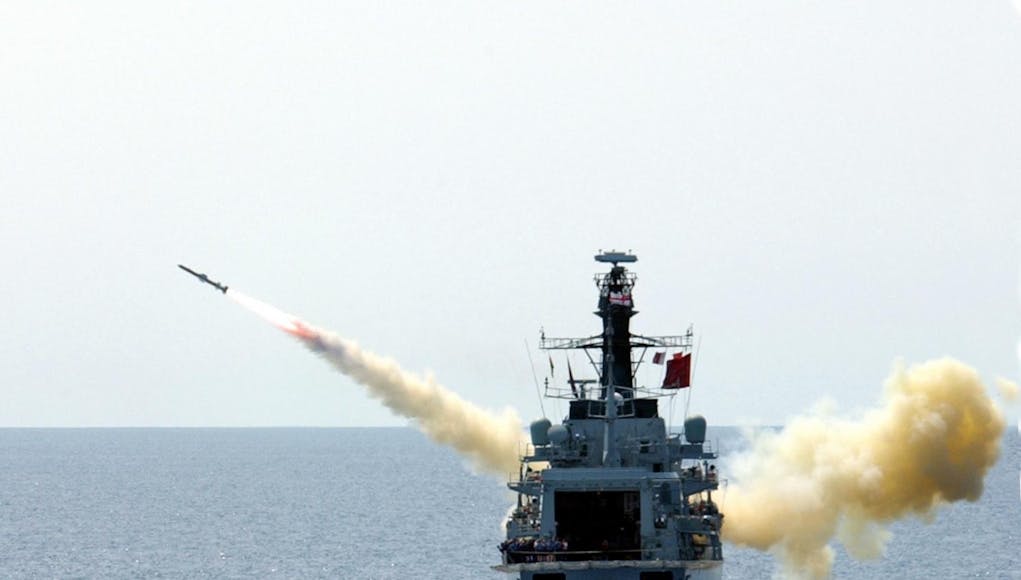
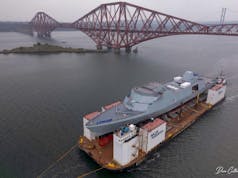

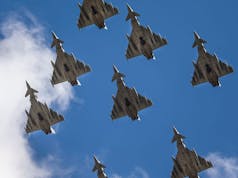
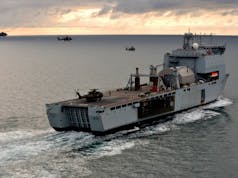


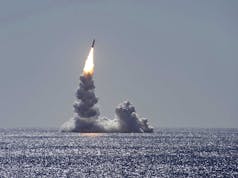

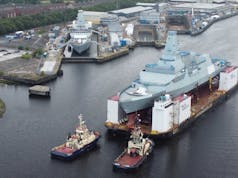


For once why doesn’t the UK MOD go for the most capable and affordable option off the shelf.
Regards FC/ASW being in service 2030 is laughable
Would be happy to be proven wrong but considering cost and speed of implementation I’m guessing Harpoon Block II will be the ‘good enough’ solution.
Agreed. Take the expedient option.
Surely the time to have discussed this should have been at least 5 years before the current missile hit its sell by date, not 3 years past it . But hey no worries, the Government and the MOD can have meeting after meeting where the folks who sat in on the original meeting have either been posted out, retired or died.
Its probably due to the recent increase in the defence budget, now a bit more money is available they can progress with it.
My thoughts immediately on reading about this ‘out of service’ story sometime ago What do these people do all day?
Wouldn’t it make a lot of sense to get a weapon system that can be launched and targeted from any platform?
So we are still looking for an ant-ship missile that by the time we test, choose and install, train with and will then supposedly be removed for a newer one in 10 years?
They have dragged their feet on this for way too long!
NSM seems an option
How about the Israeli ‘s Gabriel V ? Finland replaced or is replacing its RBS15 with it after beating Harpoon, Kongsberg’s NSM, MBDA’s Exocet and Saab’s RBS15.
If its was compatible I quite like the Taiwanese, Hsiung Feng III but I think may be too big
Depends what the maximum length we can have as a missile
I do think we should move away from a US designed missile and move to a European or far east solution
Killing two birds with one stone would be ideal here. Get a missile that is compatible with the F-35 so the carriers can do naval strike with a decent stand off distance. At least the MoD is moving on this!
Probably MSM then.
NSM would be best for my moneys worth. Thank goodness an interim solution is finally being sought after giving defence watchers heart attacks for years over this fundamental capability gap own-goal. HMG: FFBNW wisdom or foresight.
In my experience so-called interim solutions tend to become permanent solutions. If that were the case, LRASM is undoubtedly the best choice. Compatible with F35 and will eventually be Mk41 VLS launch capable, hence an ideal fit for T26, but will also be launchable from deck mounted canisters. Second choice would be NSM. Less capable but also compatible with F35 and the latest version shares many of the capabilities of LRASM including data link, variable throttle, coordinated time and direction of arrival, etc. Both can attack land targets as well. Third choice for ease of fitting, maintenance and training, as well as possible compatibility with P-8 would be Harpoon Block 2.
Funny to talk about a capability gap when they don’t even deploy with the antiquated harpoon they have now, and haven’t for a while by the look of it
Any interim solution should be capable of being carried by the F35; air launch provides significant additional flexibility when attacking surface targets.